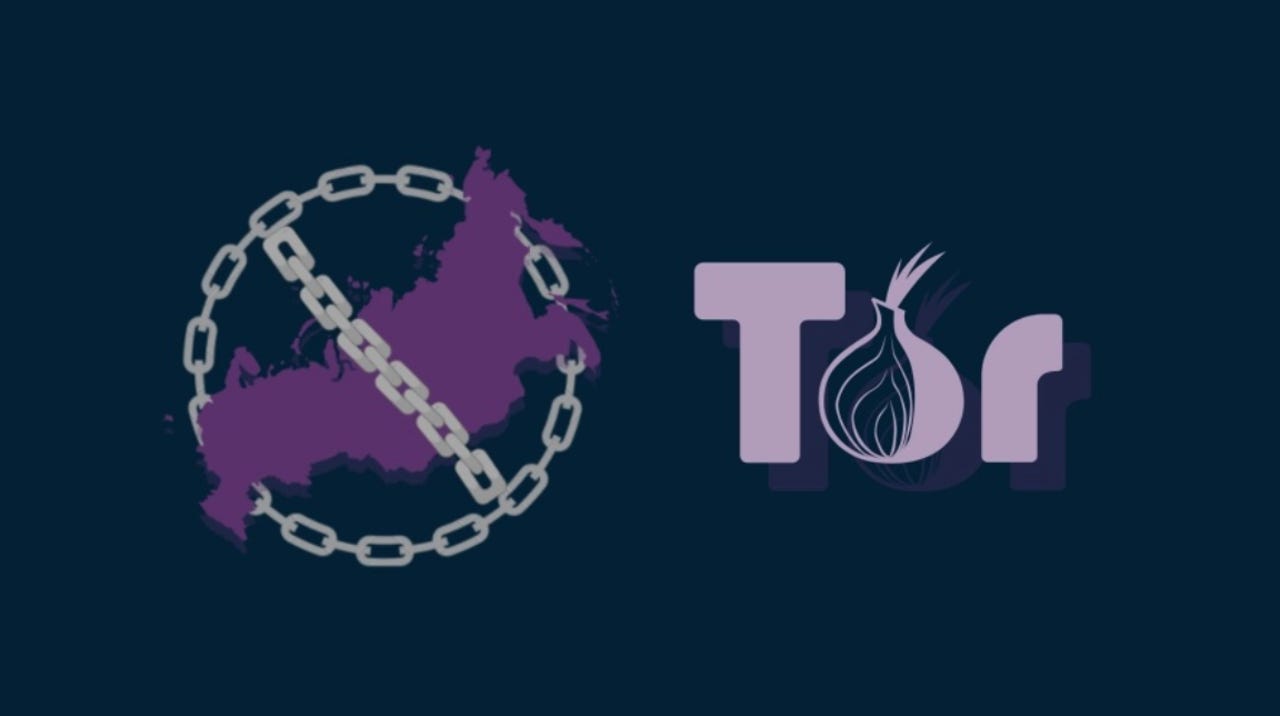
































Governments across the globe heavily censor their citizens so they can't view certain types of content. Every March 12, World Day Against Cyber Censorship is held online to draw attention to how these regimes go out of their way to deter and censor online free speech.
In honor of the event, which was first requested by Reporters Without Borders and Amnesty International, both organizations that fight to safeguard the right to freedom of information, the Tor Project has released WebTunnel. The new feature is a censorship-resistant pluggable transport inspired by the HTTP probe-resistant proxy. Unlike the proxy, however, WebTunnel makes it harder to block Tor connections by blending that traffic iwith HTTPS-encrypted web traffic. In other words, WebTunnel hides what otherwise might be censored traffic in plain sight.
Also: How to use Tor browser (and why you should)
The thinking is simple: because blocking HTTPS traffic would also block the majority of traffic to web servers around the world, WebTunnel connections have to be permitted as well. This lets users bypass censorship within networks that apply protocol-allow lists and deny-by-default policies.
According to the Tor Project's announcement, "WebTunnel is so similar to ordinary web traffic that it can coexist with a website on the same network endpoint, meaning the same domain, IP address, and port. This coexistence allows a standard traffic reverse proxy to forward both ordinary web traffic and WebTunnel to their respective application servers. As a result, when someone attempts to visit the website at the shared network address, they will simply perceive the content of that website address and won't notice the existence of a secret bridge (WebTunnel)."
The Tor Project compared WebTunnel to obfs4 bridges, stating that the tool can be used as an alternative for most Tor Browser users. The difference between the two is that WebTunnel's method of mimicking HTTPS web traffic makes it more effective in certain scenarios.
Also: The best VPN services: Expert tested and reviewed
The organization compared WebTunnel to a coin sorting machine, saying, "Traditionally, such a machine checks if the coin fits a known shape and allows it to pass if it does or discards it if it does not. In the case of fully encrypted, unknown traffic, as demonstrated in the published research How the Great Firewall of China Detects and Blocks Fully Encrypted Traffic, which doesn't conform to any specific shape, it would be subject to censorship. In our coin analogy, not only must the coin not fit the shape of any known blocked protocol, it also needs to fit a recognized allowed shape--otherwise, it would be dropped."
The process of using the WebTunnel Bridge is straightforward:
You can read more about WebTunnel in Tor Project's announcement post.
 Hot Tags :
Tech
Hot Tags :
Tech